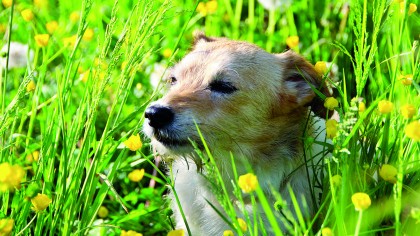
How to take pet shots with personality
Holding the camera at eye level to take a picture is such a natural posture that you start to take it for granted. But if you take a shot of your pet from a normal standing position, the result is a boring, unimaginative picture where your pet just looks small and insignificant. Instead, you need to get right down to your pet's level, even if that means lying down with your camera on the ground.
This simple step makes a huge difference. Now you're shooting your pet from its own eye level and seeing the world from the animal's perspective, rather than a human's. If you have to shoot through long grass or flowers then all the better, because if you choose your position carefully and use a wide lens aperture to defocus the foreground and background, then it can create a rather nice framing effect.
You should experiment with focal length as well. A wide-angle lens used close up can produce a striking 'dog's-eye' view of the world, while a telephoto lens produces a more pleasing perspective and helps you eliminate unwanted backgrounds and isolate your subject more effectively.
Most of all, look for a good setting. It's all too easy to concentrate so much on your subject that you overlook the surroundings, but these are a vital part of the picture. Don't just follow your pet around trying to get your shots – choose where you want to take the picture and then entice your pet to pose in the location you have chosen. It can be useful to have a willing helper for this part!
Finally, all the techniques that work well for human portraits – lighting, focal length, focusing on the eyes, the direction of the gaze – can be applied to pet photography. As far as the principles of photography are concerned, animals are people too!
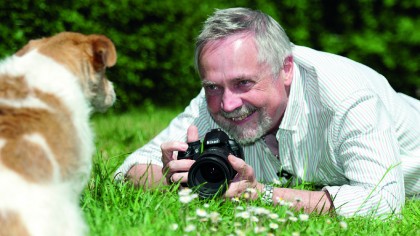
1. Get on level terms
You need to get down to your pet's eye level, even if that means lying on the ground. This produces a much more interesting shot and the side effect is that you engage much more with your pet. It's something unusual from their point of view, so you're sure to get their attention.
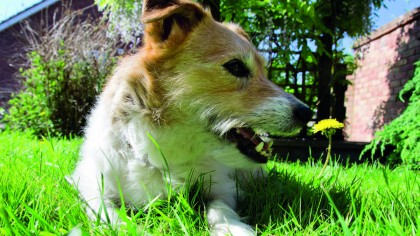
2. Eye-level portraits
It's amazing that something so simple should make so much difference. Now your pet is shown at its proper size in its surroundings and you see it at eye level, rather than from above. Using your kit zoom at its widest focal length can produce an interesting perspective too.
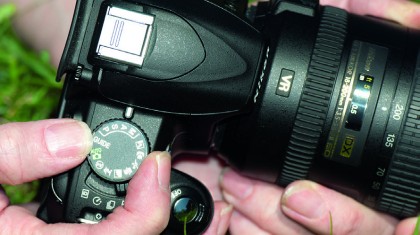
3. Get a longer view
Shallow depth of field effects, where the foreground and background are blurred, can work well, especially if you have a telephoto lens or a superzoom such as the Nikon 18-200mm. First, set the camera to A mode, then set the lens to its maximum zoom and widest lens aperture.
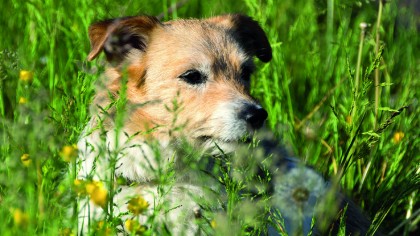
4. Location, location, location
Take the time to scout around for a good setting. The long grass in this example is ideal because there's no background clutter, and the wide lens aperture throws both the background and foreground out of focus. These simple tips can yield a timeless portrait of your pet.
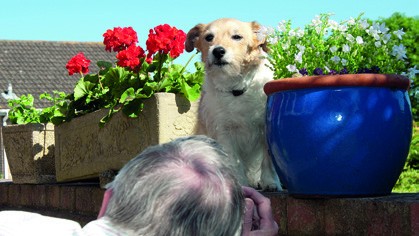
5. How low can you go?
For a more unusual effect, look for a location where you can shoot from an even lower viewpoint, so the sky becomes the background. You can use a blue sky for a colourful, summery feel, or a stormy sky for a more dramatic backdrop. Use your Nikon's pop-up flash – set to Slow Sync mode – to provide fill-in light, so your pet isn't submerged in shadow.